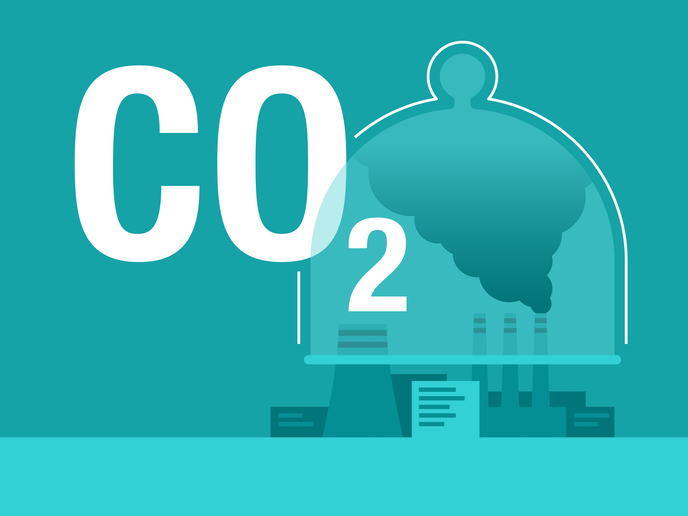Anticipating the effect of societal trends on energy demand
Trends advanced by digitalisation, such as circular economies, integration of renewable energies, electric vehicles and even autonomous driving could in theory reduce broad-scale energy demand and greenhouse gas emissions. But these positive impacts are far from certain. “It’s not by default that digitalisation will bring us to reaching the climate goals,” explains Heike Brugger, head of the Energy Policy Division at the Fraunhofer Institute for Systems and Innovation Research in Germany and NEWTRENDS project coordinator. “It could potentially go in both directions: we have a lot of increasing energy demand factors through digitalisation, and of course benefits which can support us in reaching climate neutrality,” she adds. In the NEWTRENDS project, Brugger and her colleagues identified how societal trends may affect energy demand in the future. The project combined analytical foresight methods with quantitative models to develop new energy models to provide an accurate vision of Europe’s future energy demands, to help improve policy design and energy efficiency. “Developments in technology are quite fast,” says Brugger, “so we have to make sure that policymakers are keeping up.”
Trend scouting
First, the project scouted through publications from foresight research to identify future trends that could impact energy demand. They drew up a list of over 240 factors, considering cross-sectoral impacts of these new trends on future energy demand. Through a range of interviews with EU policymakers, stakeholder workshops, and analysis of big data (e.g. from smart meters), they could identify the role of policies in responding to these trends and see how the design of such policies could be improved. One major component of the project was to improve energy demand models, by identifying gaps in trends and policy needs, closing these gaps in the models and calculating how new policies might affect overall energy demand. The team focused on four in-depth studies from across society: the circular economy, the digitalisation of the economy and private life (such as the increased prevalence of work from home), the ongoing transition from consumers to ‘prosumagers’ (where individuals consume, produce and store energy while managing their own energy demand) and the rise of the sharing economy.
Highlighting the importance of future policies
Overall, the project identified both opportunities and challenges for policymaking triggered by these new societal trends. For example, the models showed that the circular economy could reduce steel and cement demand by 38 % and 26 % by 2050, respectively. Yet the current policy mix was found to be insufficient to deliver these positive gains. In a move to a shared economy of transport, enhanced and new policy instruments are also needed, such as an effective carbon tax, more stringent CO2 standards and more alternative fuel infrastructure. Stronger policy coordination is also needed to manage ‘interrelationships’ between trends, for example between the location of data centres and the availability of water resources. “None of the trends have by default only a very clear positive or negative effect on the future energy demand,” remarks Brugger. “Policymaking and policy design are instrumental in how the effects of the trends will unfold, and thus their effect on future energy demand and the chance of reaching our climate targets.”
Keywords
NEWTRENDS, energy, society, trends, technology, autonomous driving, policy, energy demand models







